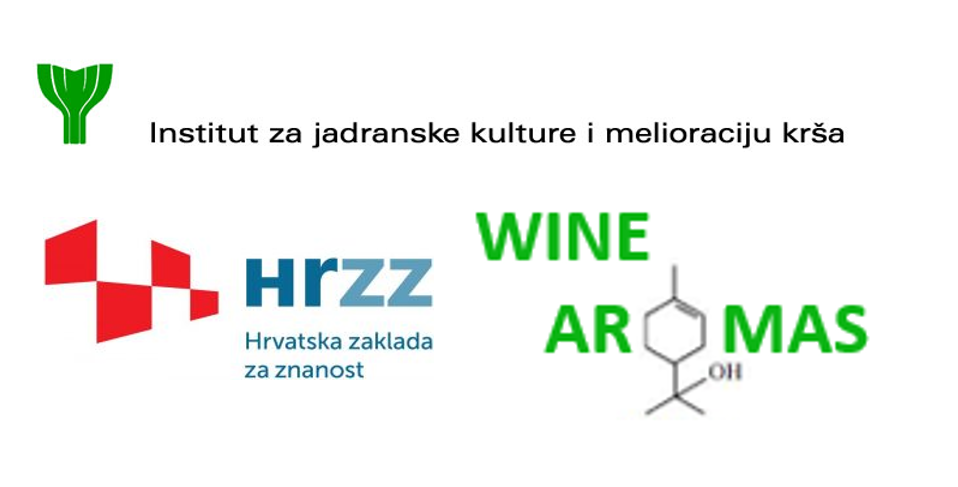Scientific paper is publish in the journal Metabolites on the topic of targeted and non-targeted profiling of metabolites of Maraština wine produced by spontaneous fermentation from different growing areas of Dalmatia.
Boban, A.; Vrhovsek, U.; Carlin, S.; Mucalo, A.; Budić-Leto, I. A Targeted and an Untargeted Metabolomics Approach to the Volatile Aroma Profile of Young ‘Maraština’ Wines. Metabolites 2022, 12, 1295. (IF=5.581, Q2).
The work is available at the link: https://doi.org/10.3390/metabo12121295





















